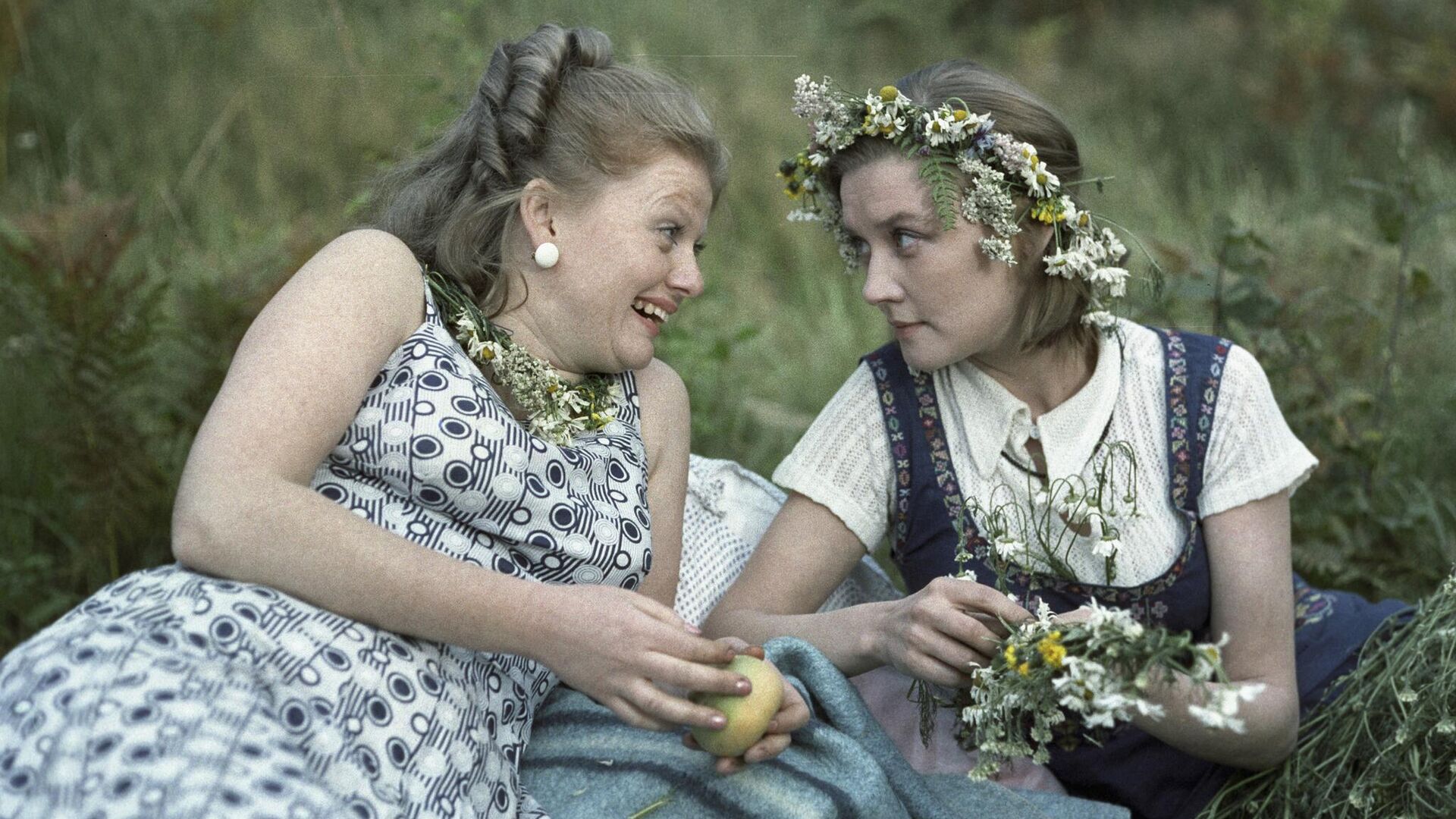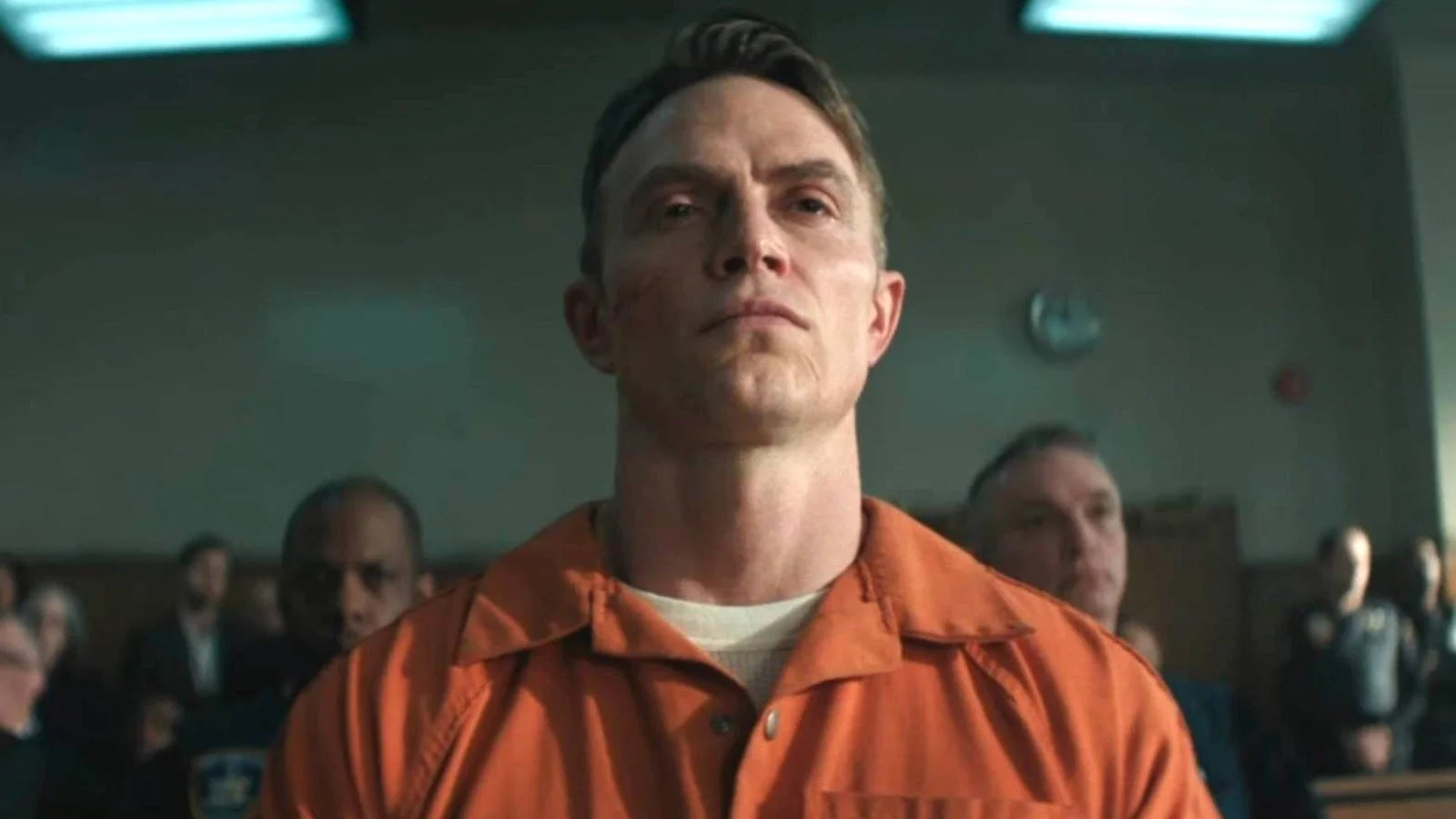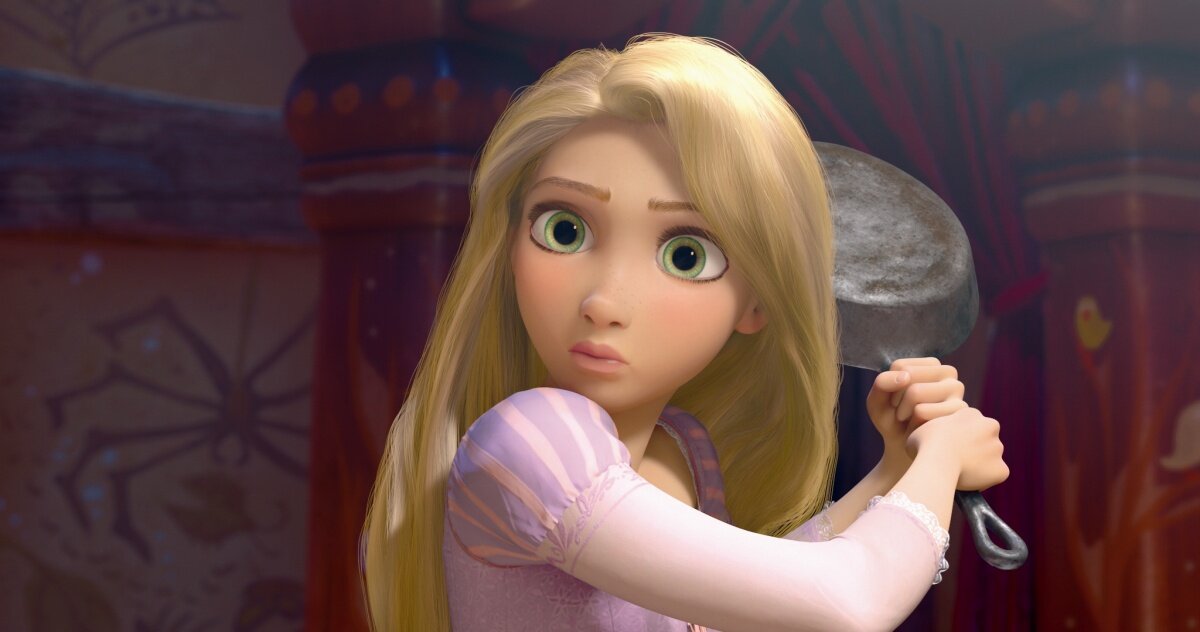The Soviet period in the history of Russian cinema was special.
It was then that cult films that were loved and admired by the audience came to light, and perhaps the whole world learned about local cinema figures then.
For reference: George Lucas was once inspired by Soviet classics when creating Star Wars, by Christopher Nolan while shooting Interstellar, and by Guillermo del Toro, who directed The Shape of Water.
And thanks to whom does Soviet cinema have the status of “cult”?
Eldar Ryazanov
Without exaggeration, he is a cult Soviet director whose films are still loved and studied to this day. By the way, all-Union fame came to Eldar Ryazanov with the first full meter, which was Carnival Night. What can we say about his other hits: “The Irony of Fate or Enjoy Your Bath”, “The Incredible Italian Adventures in Russia”, “Cruel Romance” and other films. Eldar Ryazanov is also the author of popular romance texts such as “Nature has no bad weather” and “Love is a magical land”.
Leonid Gaidai
One of the most popular and well-known Soviet directors, who opened a new genre of folk comedy. Such are “Operation Y” and other adventures of Shurik”, “12 chairs”, “Ivan Vasilyevich changes his profession”, “No way!”, “Prisoner of the Caucasus or Shurik’s New Adventures”, “Diamond Hand”. ” and others cult films. The last two, meanwhile, are among the top five grossing films at the Soviet box office – in fourth and third places, respectively.
Sergei Eisenstein
Sergei Eisenstein rightfully holds the status of an experimenter in the cinema, and thanks to the movie Battleship Potemkin, his name has become synonymous with Soviet cinema of the 1920s. In this picture, the director’s desire for novelty, perhaps, was particularly evident – at least to look at the visual effects, which was unusual for that time (for 1925, the portrayal of stone lions became a kind of sensation). At the same time, the main merit of Sergei Eisenstein is not even in this, but in his work with camera angles and editing – he relied on close-ups and showing the same event from different points to draw the viewer deeper. It’s happening and it’s not lost. Later we will see such techniques in a dozen other pictures, and by the way, we still do. And as a result of a poll of film critics from 26 countries at the World Exhibition in Brussels in 1958, “Potemkin” was recognized as “the best film of all time and people.”
Sergei Bondarchuk
He is the author of the very classic four-part film “War and Peace”, the work of which took about six years. As a result, the picture won the Oscar and the Golden Globe for best film in a foreign language, and also became the leader of the Soviet box office in 1966, after the premiere of the first series. And although the film adaptation of Leo Tolstoy’s novel of the same name has become one of the most ambitious works in the work of Sergei Bondarchuk, his filmography also includes “The Fate of a Man”, “They Fought for the Fatherland”. “Silent Don” and other projects.
George Daniela
“I’m walking around Moscow”, “Mimino”, “Passport”, “Kin-dza-dza!”, “Afonya” – all these films were shot by Georgy Nikolaevich Danelia. By the way, it was he who invented the genre of “lyrical comedy” and put it into use with the film “I am wandering around Moscow” – later the picture was presented at the 17th Cannes Film Festival, where the director was awarded. Special mention by the jury among young filmmakers.
Andrei Tarkovsky
It is difficult to overestimate the influence of Andrei Tarkovsky on not only Soviet, but also world cinema.
It is no accident that his paintings “Andrei Rublev”, “Solaris”, “The Mirror” and “Stalker” are periodically included in the lists of the best films of all time.
The stories of Andrei Tarkovsky are about the sufferings and hopes of a person, about the weakness and strength of man, about philosophical questions that arise in life for everyone. But, of course, the director’s conceptual artistic decisions deserve special attention – his perfectionism in framing, symmetry and long-range plans. Meanwhile, famous directors around the world have been and continue to be inspired by them: for example, Alejandro González Iñárritu’s film “The Revenant” has a number of quotes and borrowings from Andrei Tarkovsky and Lars von Trier. He is considered his “main disciple” in the West, dedicating the “Antichrist” tape to the master.
Alexander Rowe
We know Alexander Row, first of all, as a fairy tale classic, presenting the films “By Pike”, “Vasilisa the Beautiful”, “Little Humpback”, “Crystal Slippers”, “Evenings on the Farm” to the audience. Near Dikanka”, “The Kingdom of Curved Mirrors” , “Morozko” and others. And we wouldn’t be lying if we said that more than one generation grew up in his works.
Vladimir Menshov
The modern younger generation knows Vladimir Menshov mainly as an actor, but it was he who staged the cult of Moscow Does Not Believe in Tears in Soviet times (by the way, the artist won an Oscar for him), Love and Pigeons, Shirley Myrli and many other films in which he played the main roles. It is no accident that in the West his works are considered “an encyclopedia of Soviet life.”
Stanislav Rostotsky
You’re definitely familiar with the films We’ll Live Until Monday, White Bim Black Ear (it’s impossible to watch without tears) and Dawns Is Quiet Here – the last two are considered world classics thanks to their Oscar nominations. Meanwhile, he has personally scripted and co-written his own films.
Ziga Vertov
For example, he is one of the founders and theorists of documentary films in which “hidden camera” and “cinema eye” methods emerged in cinema. And his movie The Man with the Camera is often referred to as the best of all documentaries in history.
Source: People Talk
Errol Villanueva is an author and lifestyle journalist who writes for The Fashion Vibes. With a passion for exploring the latest trends in fashion, food, travel, and wellness, Errol’s articles are a must-read for anyone interested in living a stylish and fulfilling life.





